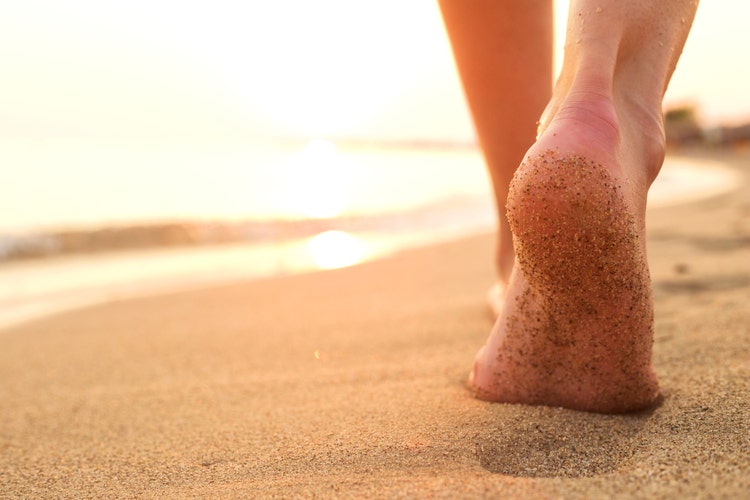What Is Gait Analysis?

Look for signs of problems in your walking or running form, to head off problems later.
Everyone’s body is unique and functions in a slightly different way, and a gait analysis is a method of identifying characteristics or abnormalities of a person’s walking or running gait. The results of this assessment can be used to determine what type of running shoe a person should wear or any changes that should be made to their form, which can reduce the risk of negative effects like too much impact on joints.
Specialty running stores will often be able to perform a gait analysis, which can involve methods like recording a video of your stride on a treadmill or taking pressure measurements of your footfalls. These in-depth assessments require equipment and expertise, but you can perform a basic gait analysis by yourself.
A significant part of a gait analysis is determining the degree to which your foot rolls inward as you land, a measurement known as pronation. When you run and your foot strikes the ground, your form, the arch of your foot, and your muscle strength in your feet, ankles, and legs can all contribute to your pronation. If you land on the outside edge of your foot, you underpronate; if you strike on the inner edge of your foot, you overpronate; if you land squarely in the center of your foot, you neutrally pronate.
If your foot has a “normal” arch, you’re more likely to be a neutral pronator. People with flat feet tend to overpronate, while people with high arches typically underpronate. The problem with over or under pronating is that it can put added strain on your muscles, joints, and bones that causes pain or even chronic injury.
To get an estimation of your level of pronation, you should record a video of yourself running and walking on a treadmill. You could possibly identify whether you’re an over, under or neutral pronator by having a friend watch you run, but to get a good idea, you really want to be able to study a video—ideally, one you can slow down during playback.
After you have your camera set up, you want to record yourself from both a side angle and from behind to get a clear picture of how your foot strikes the deck. Footfall isn’t the only thing you want to look at when reviewing the video; examine the way your ankles, knees, and legs move when you run. Make sure you’re running with proper form, and adjust for any mistakes.
Many running shoes are designed specifically for people who over- or under-pronate, with arches or structural supports that correct any imbalances. Having the right shoe can lead to a more neutral footfall. There are also experts who disagree with gait analysis as a method of prescribing a specific type of shoe. These objectors instead suggest that running form problems can be solved by identifying over- or under-utilized muscles and strength training to correct imbalances.
For a more in-depth examination of your gait, you’ll want to go to an expert, but you can get a basic idea by identifying whether you’re an over, under or neutral pronator. Perhaps even more important as an indicator of potential injuries, ask yourself whether you’re comfortable when you run. Your feet shouldn’t hurt and you shouldn’t experience lingering pain during or after a run. Normal muscle soreness is usually nothing to worry about after a workout, but pain is a problem—one that can often be fixed with the right form, training and attire.
Photo: gabriel_bostan, ThinkStock